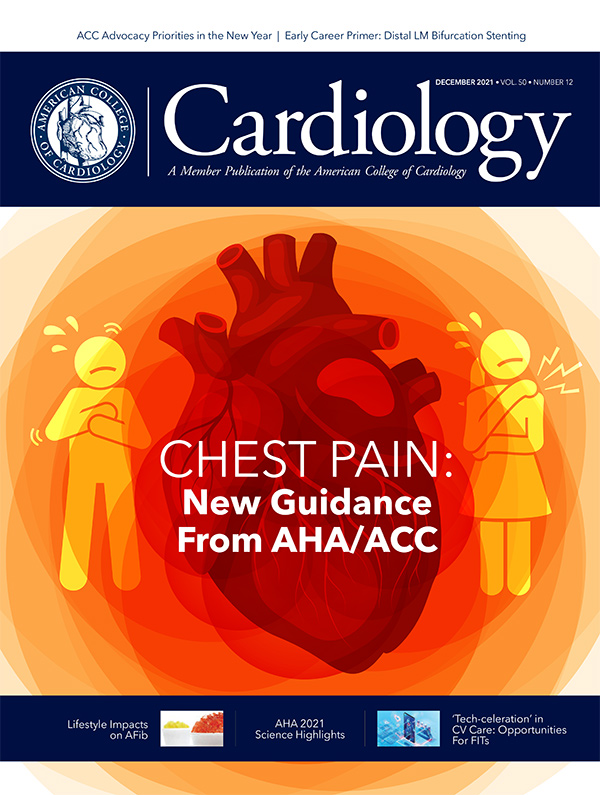Health Care Innovation | Making the Case: Why Academic Medical Centers Should Invest in Clinical Innovation

Academic medical centers (AMCs) have traditionally commercialized their intellectual property in the form of patents, with the bulk of subsequent licensing revenue stemming from a small minority of deals.1 While innovation in academic medicine has historically focused on diagnostics and therapeutics within basic science, there has been a growing interest in clinical innovation in the areas of information technology (IT), digital health and medical devices.
Furthermore, the rise of digital health, an industry which rarely leads to patents, has led to the creation of multiple innovation centers at major AMCs to explore novel paths of development and commercialization.2-4 Despite this encouraging trend, clinical innovation carries unique and significant challenges that has limited its widespread penetrance in academia. However, AMCs should continue to invest in the mission of clinical innovation as this fulfills their tripartite core mission and will lead to the betterment of patients, health care providers and society at large.
The Challenge
Clinical innovation in the areas of IT, medical devices and care delivery faces unique challenges, particularly when involving health care providers whose primary responsibility is direct patient care. The structure of basic science work is generally aligned with the innovation mission, leading to research output that often translates into products that can be monetized. However, the path towards commercialization and revenue generation is less clear for clinical innovation, particularly IT products or improvements in care delivery.
Moreover, from an institutional perspective, shifting clinical faculty away from patient care leads to a decrease in clinical revenue and may incur significant financial risk given the uncertain return on any invested time and resources. From an individual faculty perspective, focusing on innovation may detract from achieving traditional metrics of success such as RVUs, publications and grants. Clinical faculty are already heavily engaged in clinical, educational and administrative duties and often lack the time, knowledge, funding and development resources to move a great idea forward. But despite these challenges, AMCs can and should prioritize clinical innovation given their core mission as well as the associated long-term benefits.
Making the Case: Be on the Leading Edge
AMCs are unique compared to other health systems because of their tripartite mission of clinical care, research and education. Clinical innovation that advances high quality products and services for the benefit of patients and society is essentially an extension of this core academic mission.
Successful commercialization, in concordance with appropriate conflicts of interest and transparency standards, will generate the return on investment needed to sustain these products while expanding their reach for the benefit of many. Importantly, clinical care is fertile ground for innovation.
The obstacles and inefficiencies that clinical faculty routinely face during patient care represent opportunities to create high value products and services that address existing clinical needs. This point is especially relevant given the surplus of underutilized digital health products developed over the last decade that have failed to successfully address a relevant clinical problem or demonstrate improved health outcomes.5 At a time of increasing physician burnout and focus on faculty wellness, innovation pursuits can empower providers with a creative outlet to address sources of frustration and discontent.
Over time, revenue will be generated in the form of licenses, subscriptions, consulting, new venture companies, small business innovation research and technology transfer grafts (SBIR/STTR) and industry sponsored grants. Additionally, costs, efficiency, workflow, patient satisfaction, provider satisfaction and health outcomes will gradually improve.
Academic faculty and medical centers engaged in this mission, either through internal development or engagement with external developers, will gain institutional brand recognition through the dissemination of their products and services. But more fundamentally, the ongoing digital health transformation is currently driven by the private technology industry and its understandable prioritization of corporate interests. AMCs and providers should therefore also be at the leading edge to help ensure and protect the interests of patients and health care providers.
Invest in Clinical Innovation, Advance Health Care
The goal of an AMC's clinical innovation program may vary significantly depending on their specific environment, available capital and risk tolerance. Centers with available capital that have access to a venture ecosystem may aim to fund and internally develop products and services for subsequent transfer to the private sector. Centers with less access to such venture ecosystems or with less risk tolerance may instead choose to focus on idea generation, consultative expertise or serve as validation sites for externally developed products or services. Regardless, both ends of this spectrum provide enduring long-term benefits to the faculty and institution.
To accelerate clinical innovation, institutions should both create formal incentives and streamline the innovation process. As previously proposed by academic societies, AMCs should strongly consider rewarding innovative pursuits by recognizing innovation metrics such as patents, licenses, advisory board involvement and venture consulting in academic promotion, career pathways or incentive-based compensation.6 To be most successful, however, these incentives should be coupled with development support for busy clinical faculty to reduce the significant time, funding, entrepreneurial knowledge and technology development barriers that limit the actualization of compelling new ideas.7 The extent of investment to address these gaps should be guided by the overall strategic goals of the institution's innovation plan.
The practice and delivery of medicine has and will continue to change, now at an increasing rate given the integration of digital technology into health care. AMCs have a core mission to advance health care and investing into clinical innovation is an extension of this founding purpose. Despite the challenges, prioritizing clinical innovation will provide enduring benefits for the faculty, the institution and society at large.

This article was authored by Kartik Agusala, MD, FACC, assistant professor, Division of Cardiology; medical director, nuclear cardiology clinical innovation manager, Office for Technology Development University of Texas at Southwestern. Twitter: @KartikAgusala.
References
- Drozdoff V, Fairbairn D. Licensing biotech intellectual property in university-industry partnerships. Cold Spring Harb Perspect Med 2015;5(3):a021014.
- Ravi N, Shah JN, Rannye ML The Rise of digital health and innovation centers at academic medical centers: Time for a new industry relationship paradigm. JAMA Health Forum 2021;2(3):e210339.
- Marr K, Phan P. The valorization of non-patent intellectual property in academic medical centers. J Technol Transf 2020:1-19.
- Mann DM, Chokshi SK, Lebwohl R, et al. Building digital innovation capacity at a large academic medical center. NPJ Digit Med 2019;2:13.
- Zenss C, Barbu R, Soleimani A. Why Digital Health Apps Fail And What You Can Do About It 2021. Available here. Accessed Nov. 24, 2021.
- Majmudar MD, Harrington RA, Brown NJ, Graham G, McConnell MV. Clinician innovator: A novel career path in academic medicine a presidentially commissioned article from the American Heart Association. J Am Heart Assoc 2015;4(10):e001990.
- Dzau VJ, Yoediono Z, Ellaissi WF, Cho AH. Fostering innovation in medicine and health care: what must academic health centers do? Acad Med 2013;88(10):1424-9.
Clinical Topics: Cardiovascular Care Team, Prevention, Stress
Keywords: ACC Publications, Cardiology Magazine, Innovation, Organizational Innovation, Technology Transfer, Information Technology, Patient Satisfaction, Industrial Development, Benchmarking, Conflict of Interest, Digital Technology, Academic Medical Centers, Burnout, Psychological, Patient Care, Intellectual Property, Licensure, Outcome Assessment, Health Care
< Back to Listings

